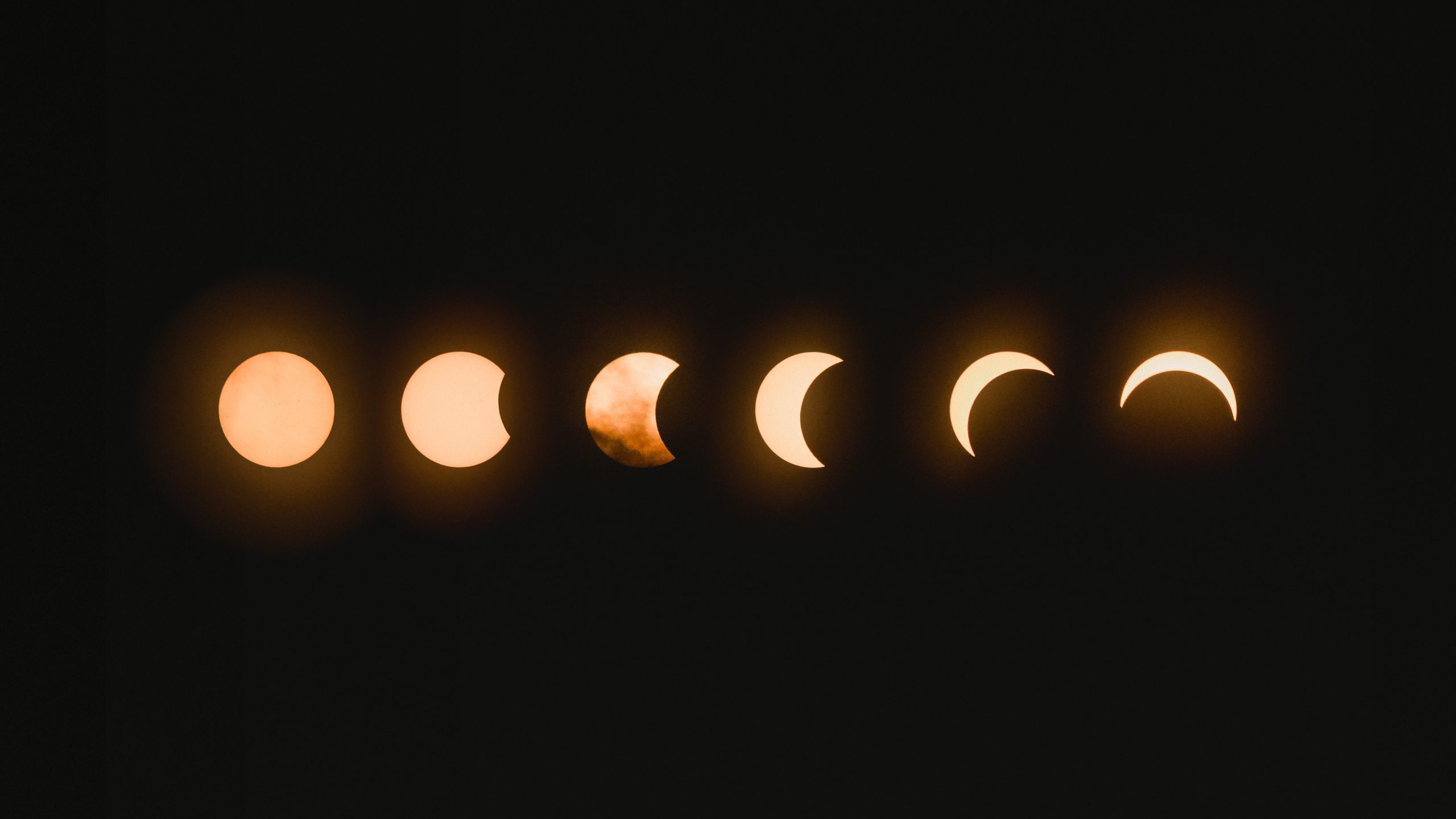Why Does the Moon Represent Islam
The Islamic religion is characterized by a rich symbolism, and one of the most prominent and well-known symbols associated with Islam is the moon. Scholars and historians have delved into the origins and significance of the moon in Islamic culture, revealing its deep connection to religious beliefs and practices. In this blog post, we will explore the reasons behind the moon’s representation in Islam, examining its historical, cultural, and religious significance.
The Lunar Calendar in Islam
One of the primary reasons why the moon holds such importance in Islam is its association with the Islamic calendar. Unlike the Gregorian calendar commonly used in the Western world, the Islamic calendar is a lunar calendar, based on the cycles of the moon. This means that the beginning of each month is determined by the sighting of the new moon.
The lunar calendar plays a fundamental role in determining dates for religious observances and events in the Islamic calendar, such as the holy month of Ramadan, Eid al-Fitr, and Eid al-Adha. As a result, the moon symbolizes the passage of time in the Islamic faith and serves as a constant reminder of important religious occasions.
Symbolic Associations
The moon’s symbolism in Islam extends beyond its role in the lunar calendar. It also carries significant spiritual and cultural associations within the religion. Here are some key symbolic associations:
Light and Guidance
In Islamic theology, the moon is often associated with light and guidance. Just as the moon reflects the radiance of the sun, Muslims believe that they should strive to reflect the divine light of Allah in their lives. The moon serves as a reminder for believers to seek knowledge, wisdom, and enlightenment.
The Quran, the central religious text of Islam, frequently references the moon as a guiding light. For example, in Surah Al-Furqan, verse 61, it states: “Blessed is He who has placed in the sky great stars and placed therein a [burning] lamp and a luminous moon.”
Unity and Creation
The moon’s cyclic patterns and its ability to unify different Muslim communities under a shared calendar also contribute to its symbolic representation of unity. The Islamic faith emphasizes the importance of community and communal worship, and the moon serves as a unifying symbol for Muslims worldwide.
Moreover, the moon’s presence in the night sky is seen as a testament to the power of Allah’s creation. Its beauty and regularity inspire awe and reflection, reinforcing the belief in a divine creator.
The Historical Context
The moon’s significance in Islam can also be understood within its historical context. Before the advent of modern technology, the sighting of the new moon played a crucial role in determining the beginning of each month in the Muslims’ lunar calendar. This practice was performed by qualified individuals known as “moon-sighters” (ru’yah), who would physically observe the sky to determine the start of the month.
Throughout history, mosques and Islamic institutions utilized systems to announce the sighting of the new moon, signaling the start of important festivals and periods of worship. This practice not only contributed to the religious importance of the moon but also fostered a strong sense of community and tradition.
The Cultural Significance
Beyond its religious and historical significance, the moon has made its way into Islamic art, literature, and cultural expressions. Moon motifs can be found in calligraphy, ceramics, textiles, and architecture across various Muslim-majority regions.
Additionally, the moon holds a special place during the Islamic month of Ramadan. Starting from the sighting of the new moon, the crescent symbol becomes a common sight during this time, adorning homes, mosques, and public spaces as a reminder of the ongoing observance.
Conclusion
The moon represents an important symbol within Islam, playing a pivotal role in the lunar calendar and religious observances. Its association with light, guidance, unity, creation, and cultural expressions throughout history and contemporary practice showcases the deep-seated significance of this celestial body in the Islamic faith.
Understanding the moon’s representation in Islam not only highlights the diverse symbolism within the religion but also serves to foster a deeper appreciation for the cultural and historical aspects of the Islamic faith.
Table of Contents
